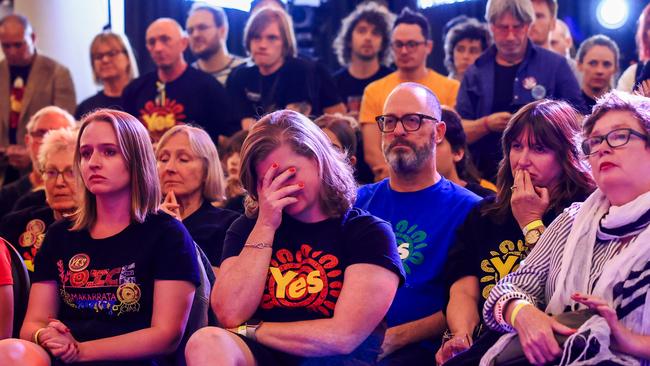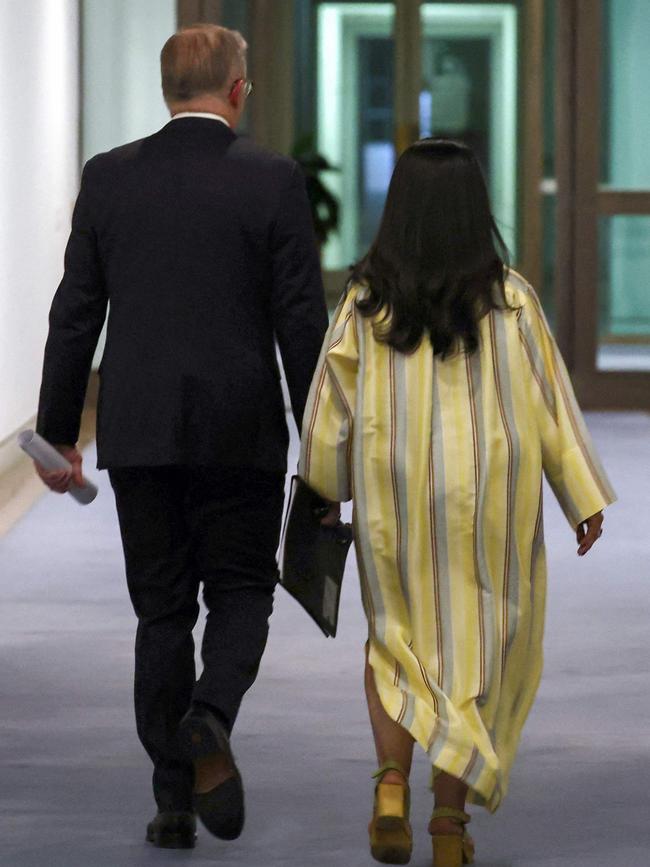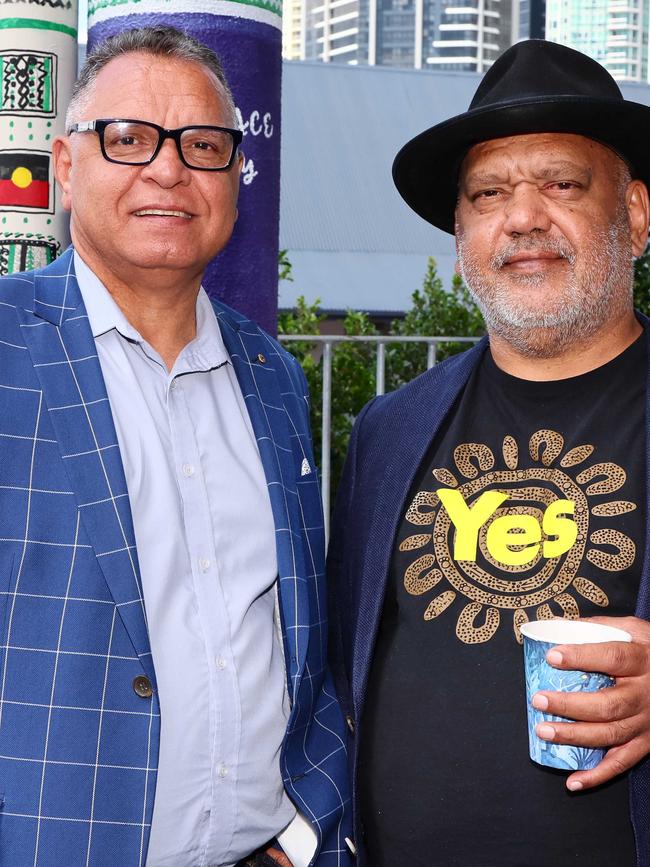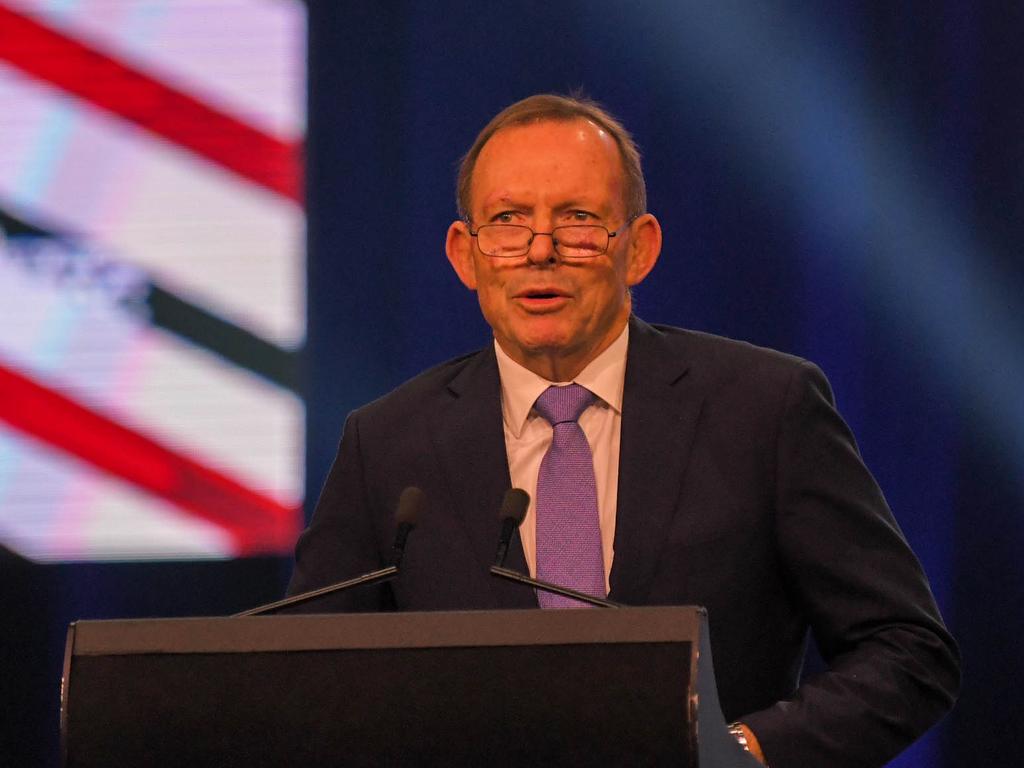Eight reasons why the Yes case failed

It is quite straightforward to trace the causes for the implosion of the Yes case. Tragically, all were or should have been known to its leaders. But they were denied, derided or discounted.
There were eight fundamental reasons for failure.
1.
THE FIRST was endemic overconfidence. The leaders for Yes – including Anthony Albanese – were simply convinced victory was inevitable. They would hear no contradiction. They were told repeatedly that history showed referendums were hard, and those on controversial topics – such as Indigenous recognition – were especially difficult. They reacted with contempt. This referendum was special. It would win at a canter. Indeed, it was said, the answer was so obvious there wouldn’t even be a No case.
2.
THE SECOND problem was an absolute dismissal of bipartisanship, especially by the Prime Minister, but also by other Yes protagonists. At one level, bipartisanship simply was unnecessary when there was only one answer.
But it went further. It was clear that, especially in the case of Albanese, a partisan referendum was the desired scenario. This would give him an unprecedented victory, placing him in the progressive pantheon. His conservative enemies, especially Peter Dutton, would be crushed.
It simply is not true to say Dutton was solely responsible for a partisan referendum.
He was never consulted, as opposed to being told what was happening. The PM’s offers to consider changes to words or content were not real. Dutton was meant to oppose. Eventually, as a matter of politics, he did. But before that, there was an opportunity to at least persuade him towards only modest contradiction, with conscience votes and moderate arguments. This possibility was spurned.
3.
THE THIRD reality was that the advice being received by the PM was appalling. The vast majority of Indigenous leaders around him confirmed his view that this was a cakewalk. He could not lose.
Further, it was made clear to him that unless they got exactly what they wanted in a referendum package, they would walk. He would be left holding the squalling baby of the voice.

The government had structured its process for formulating the voice proposal in a way that reinforced exactly this tendency. By creating an Indigenous Working Group to vet the details of the amendment, a veto was created. As this group was dominated by Indigenous people at the activist end of the spectrum, this veto was enthusiastically applied.
Many of these activists were young, inexperienced, radical and employed in organisations that only reinforced their own views. If current Indigenous leaders do step aside for this doctrinaire younger generation – as suggested by Noel Pearson – both recognition and reconciliation will collapse as popular causes.
The non-Indigenous advisers were just as problematic. They were equally convinced the poll was a foregone conclusion and ridiculed anyone who dared disagree with the process or drafting as troglodyte conservative stooges. Any voice of dissent was constitutionally cancelled.
Both groups were deluded. They said, for example, the No machine was so old and hopeless it simply wouldn’t be able to mount a social media campaign. They dismissed media critics by saying no one read them, listened to or watched them.
There were honourable exceptions to all this self-congratulation. Pearson, Sean Gordon of Uphold and Recognise, Attorney-General Mark Dreyfus and Albanese’s chief of staff, Tim Gartrell, were hopeful but always realistic.
4.
THE FOURTH disaster was the failure to disclose the architecture for the voice. This was a direct result of the campaign’s massive overconfidence. Given the Yes case was so obvious, people would vote for it without detail. Even as it became abundantly clear this was not happening, the mantra droned on.
5.
THE FIFTH failure was the drafting. The amendment was formulated in secret. There was no input from constitutional conservatives, whose support for the draft during the referendum would be crucial. There was an absolute refusal to consider meaningful amendments. The inevitable result was an exhausting debate around drafting.

6.
THE SIXTH disaster was a truly appalling Yes campaign. This was mind-boggling, as the Yes case had at least $20m to spend. They promised a media blitz, a stunning social media campaign and thousands of appealing on-the-ground campaigners.
It was like one of those predicted Russian tank columns that never arrived at Kyiv. The media advertising was more talked about than actually aired. When it was aired, it was calculated to appeal to those already voting yes.
As the campaign wore on, it was obvious the No camp was dominating social media. As for the foot campaign, the polls still steadily worsened, polling booths were well manned by No supporters, and the Yes effort was most obvious in places such as Newtown that were already voting for the voice.
But the entire strategy was flawed. First, it was run like an election campaign, so there would be a Mediscare-type blitz in the last month. But by then, most people had already made up their mind. Bad as it was, the campaign was made even worse by unqualified Yes bosses meddling in the work of campaign professionals. Second, it never recognised the referendum would be won or lost in western Sydney and regional Queensland. The campaign reverberated in Mosman and Camberwell, but in places dominated by “ordinary” Australians with mortgages and without doctorates, it flopped. As predicted by outlawed Yes dissenters, negative voting patterns exactly followed the republic referendum.
7.
THE SEVENTH enemy of Yes was condescension. Whatever the Yes campaign said, it seemed to believe any ordinary Australian who was not convinced was a cretin. The electorate hated it.
The Yes side complained constantly of “misinformation”. There were untruths on each side, but the proponents of the referendum eventually were condemning every argument against the voice not merely as wrong but as deliberate duplicity. This again suggested to the electorate that they were too stupid to sift fact from fiction.

8.
THE EIGHTH and final failure was the ineffectiveness of the political artillery on the Yes side. The Prime Minister was pinned down by his own platitudes, unable to advance beyond a “modest measure” and a “gracious request”. For whatever reason, Indigenous Australians Minister Linda Burney was never more than a faltering presence. Against the thundering of Jacinta Nampijinpa Price, there was no contest.
All of this is a sad retrospective. The real question now for supporters of recognition is where to from here? Any possibility of actual formal constitutional amendment is now in the remotest, unpredictable future. Realistically, there needs to be deep thought as to what real, meaningful recognition would look like in the absence of changing the Constitution. This will require imaginative co-operation between supporters – not mutual heckling.
But the post-mortem needs to begin now. If delayed, reality will be obfuscated by excuses, slick explanations and deflections. This process has already begun. The call by the Yes campaign for a week’s silence is disingenuous. It is an attempt to isolate future discussion from the reality of self-inflicted defeat.
The implausible lines of defence are being drawn. It was all Dutton’s fault. Australians were tricked by misinformation and lies. Anyway, it was an uplifting experience that brought Indigenous Australian to the fore. In reality, we of the Yes lost a referendum that has broken Indigenous hearts. We can at least do them the courtesy of admitting it.
Greg Craven is a constitutional lawyer and former vice-chancellor of the Australian Catholic University.







This is not an account of why the No case won the referendum. That will be written, triumphantly, by others. This is the story of why the Yes case was lost. It needs to be told now, while the disaster is fresh, if supporters of Indigenous recognition are to profit from our mistakes. Otherwise, excuses and distortions will cover the truth.